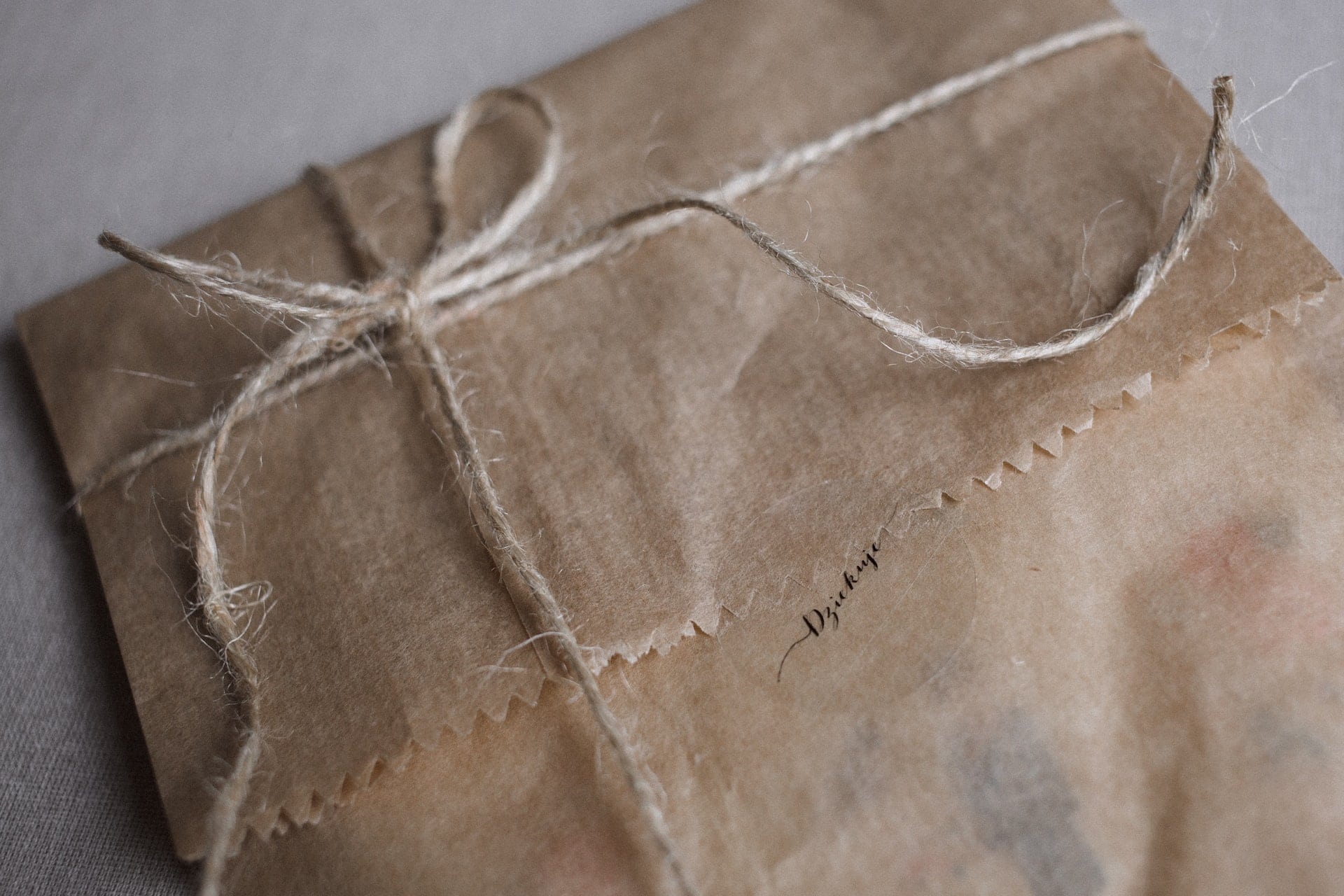It takes approx. 3 minutes to read this article
If you are a handyman and often ship something, then every time, the packaging goes to the trash garbage can and then to the landfill. This means that you are regularly generating waste, and it’s even possible that the materials you use won’t be recycled or reused.
Fortunately, switching to eco-friendly packaging can benefit both you and your customers, not to mention have less of an impact on the environment. If you’re looking to implement eco-friendly packaging in your business, here are some things to consider.
8 criteria for eco-packaging
Eco-friendly packaging is made of environmentally friendly materials and created through a sustainable production process. They aim to reduce the depletion of the Earth’s natural resources and minimize waste production.
Among the most important criteria for eco-packaging are:
- Low weight. The motto of green packaging is: “nothing unnecessary, including weight”. The minimum weight considered optimal is that which allows the product to be packaged with high quality without compromising storage and transportation.
- Processing production waste. On the one hand, it is important to reduce the amount of production waste generated, such as defective packaging, surplus and defective materials, by-products generated during production, assembly, filling and transportation of packaging. On the other hand, waste that is still generated must be sent for processing.
- Recycled materials. An environmental advantage is the presence of recycled materials in the composition of packaging.
- The content of renewable materials. Packaging is more eco-friendly if it contains biomass-based materials. At the same time, the source of plant-based raw materials must be used sustainably – so that the necessary natural resources are renewed without depletion.
- Raw materials from responsibly managed sources. An example is paper or cardboard with FSC responsible forest management certification. The green tree with a tick mark is a guarantee that the wood used to produce the material is sustainably harvested, so that the forest resources consumed are fully restored, biodiversity is preserved and rare species are protected.
- Reusability. When choosing more environmentally friendly product packaging, opt for a format and materials that are reusable and recyclable and can withstand multiple cycles. At the same time, experts suggest following international standards EN 13429 or ISO 18603.
- Transportation efficiency of packaging. Environmentally favorable packaging allows “no air transfer” both inside the product package and as part of the transport package itself. By optimizing the shape of the packaging, the carbon footprint is reduced.
- Suitability for processing in a specific region. When choosing eco-friendly packaging, it is important to find materials that are not only recyclable, but that consumers can actually recycle in their region.
Fillers and tape in an eco-friendly package
In an ideal eco-package, there is no empty space that needs to be filled. However, if one does happen, use fillers made of paper or water-soluble cornstarch. You can also use them to secure fragile goods. When it comes to closing the package, remember that the tape must be paper and with an adhesive that does not contain environmentally harmful substances.
main photo: unsplash.com/freestocks
